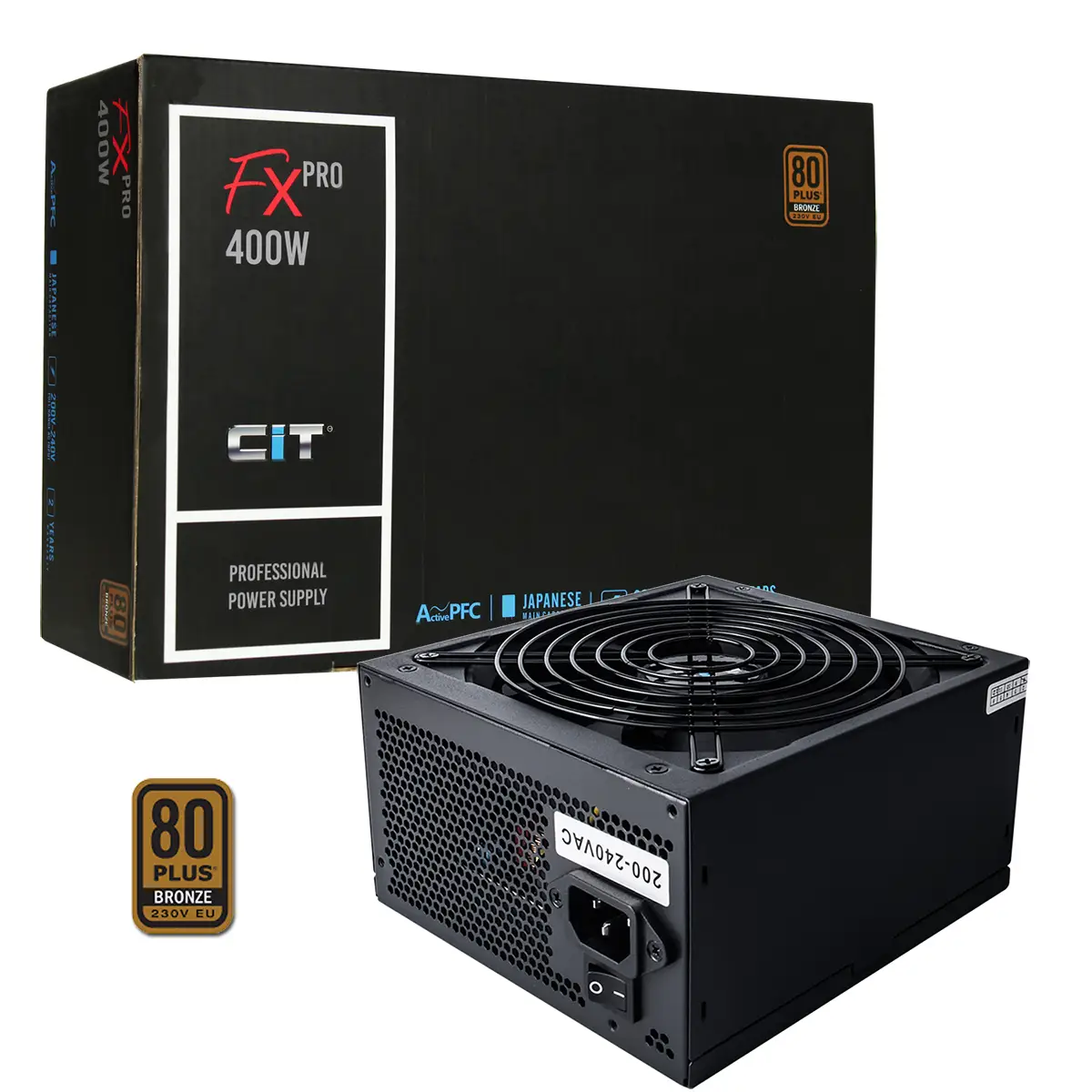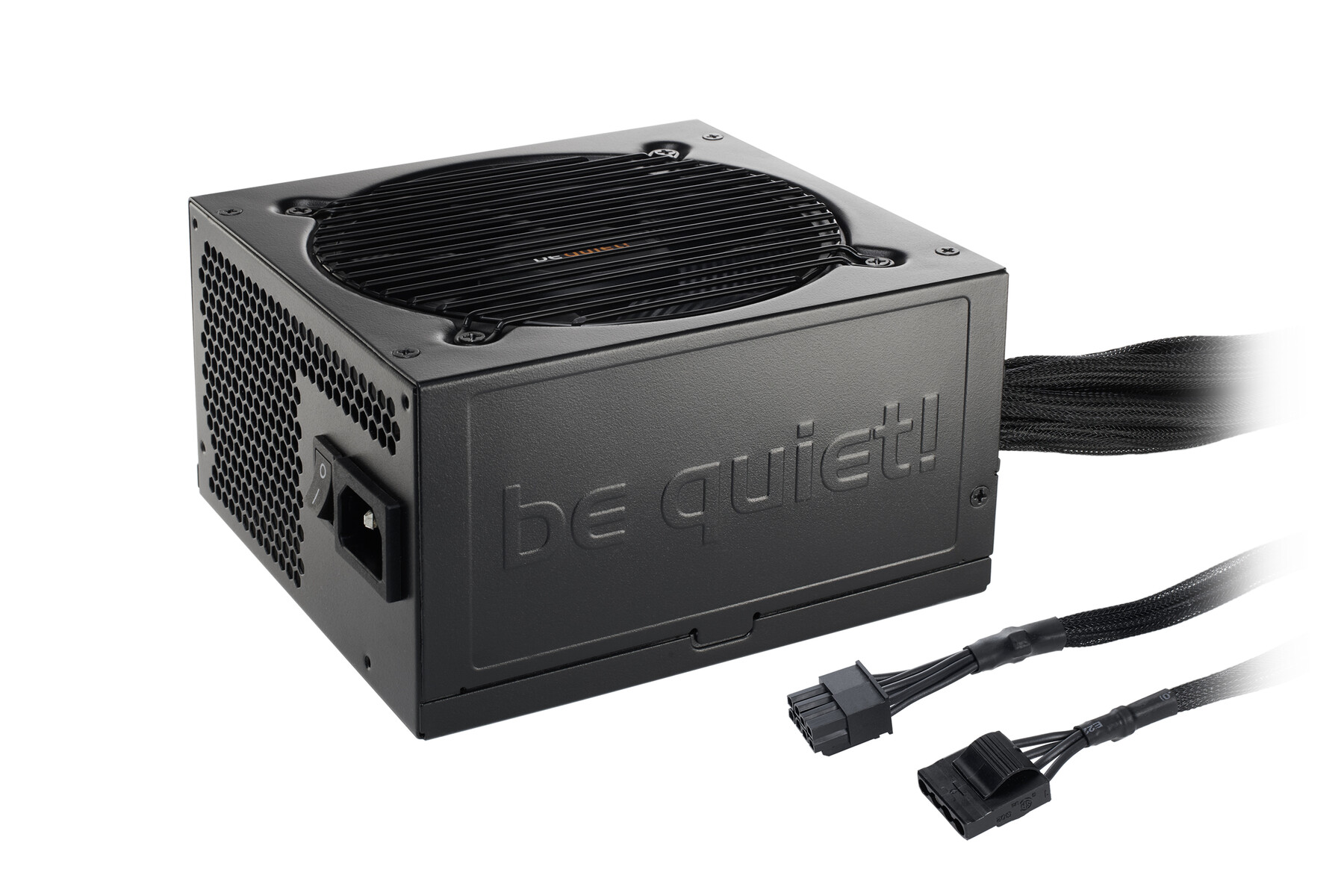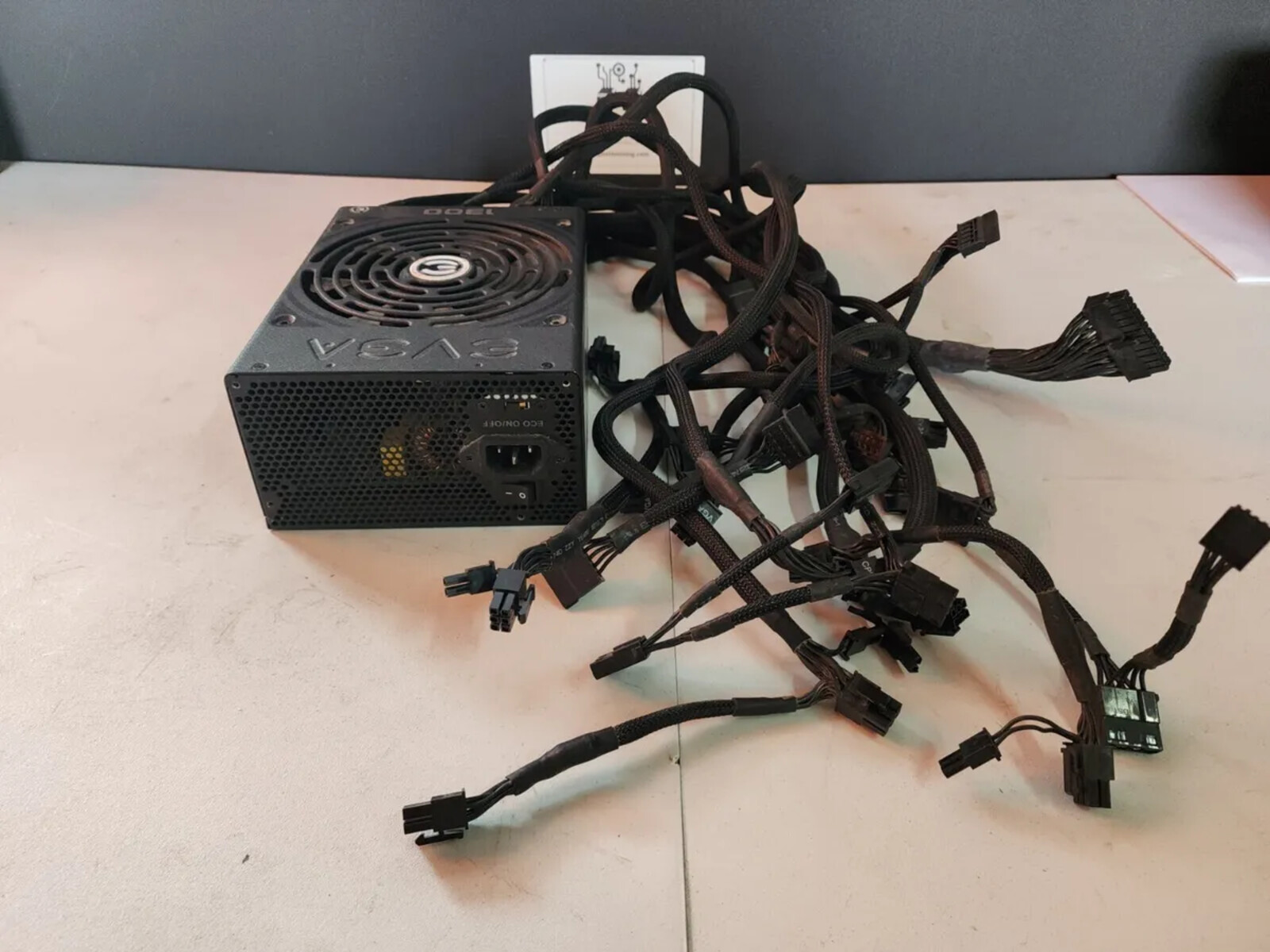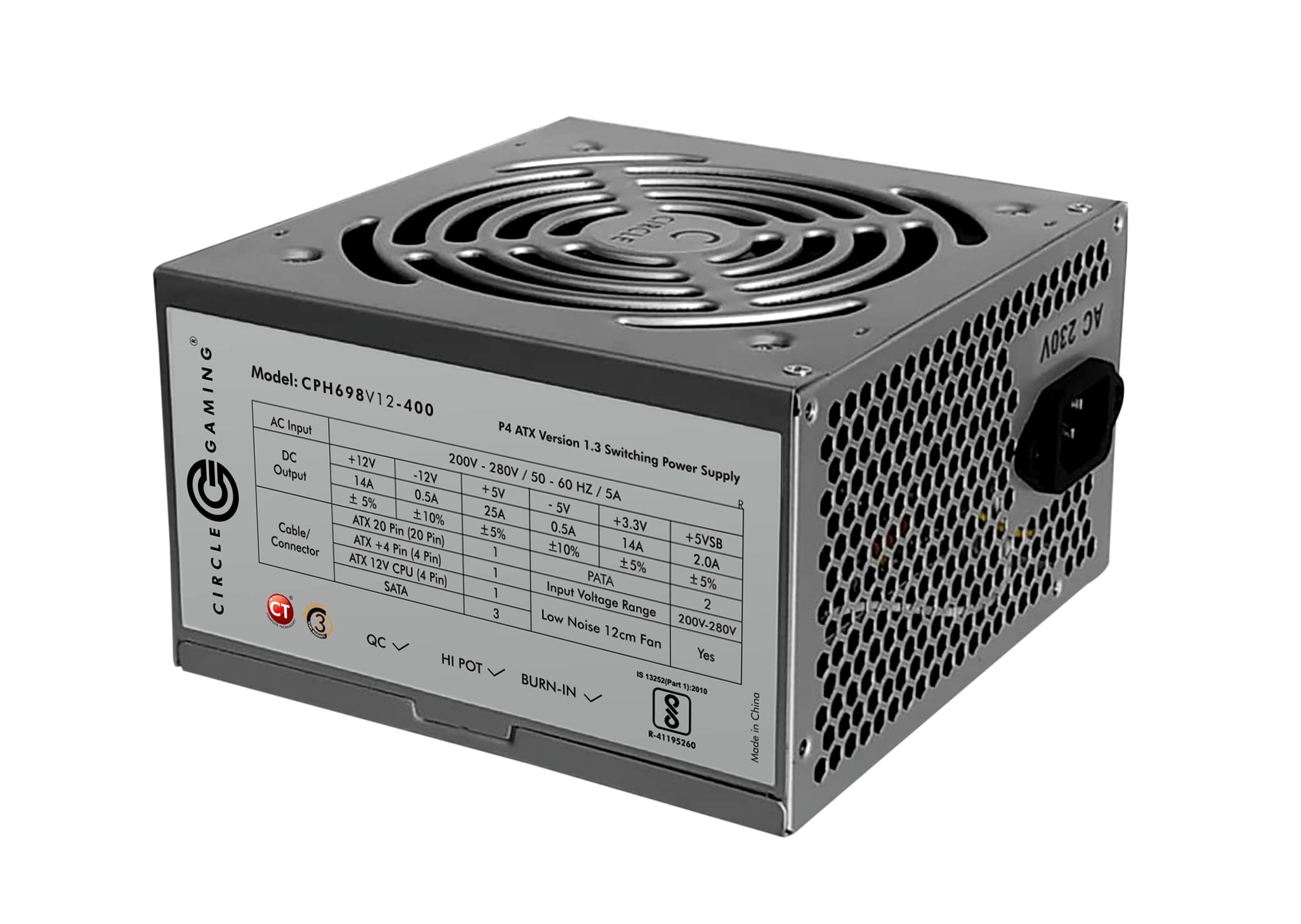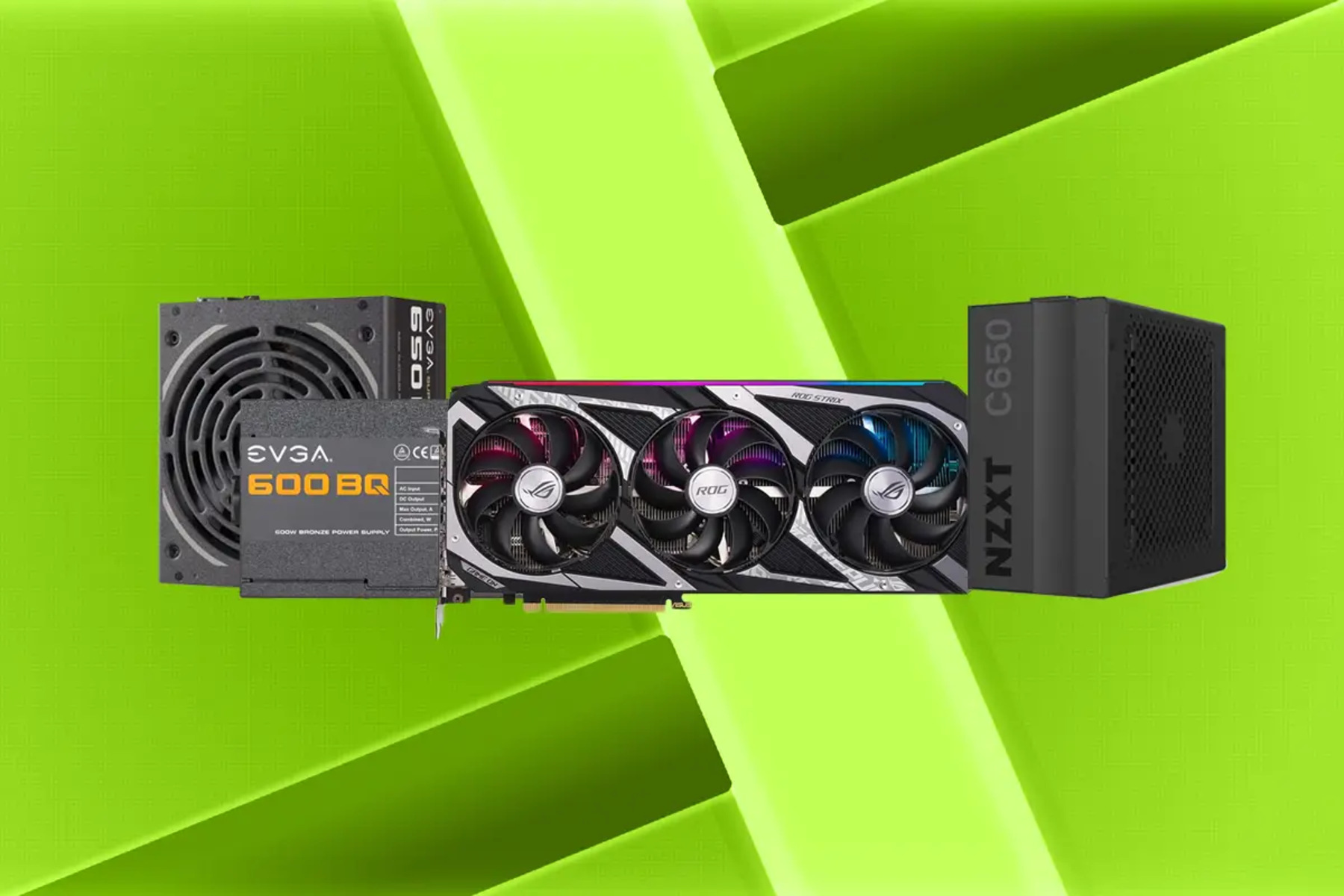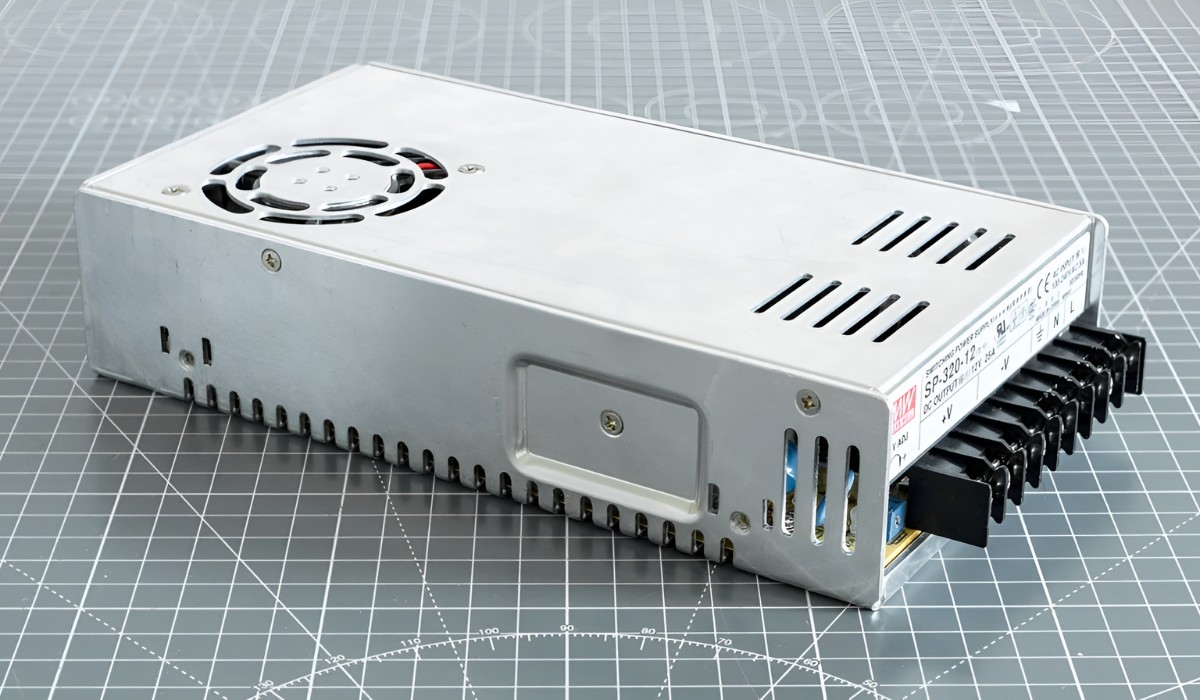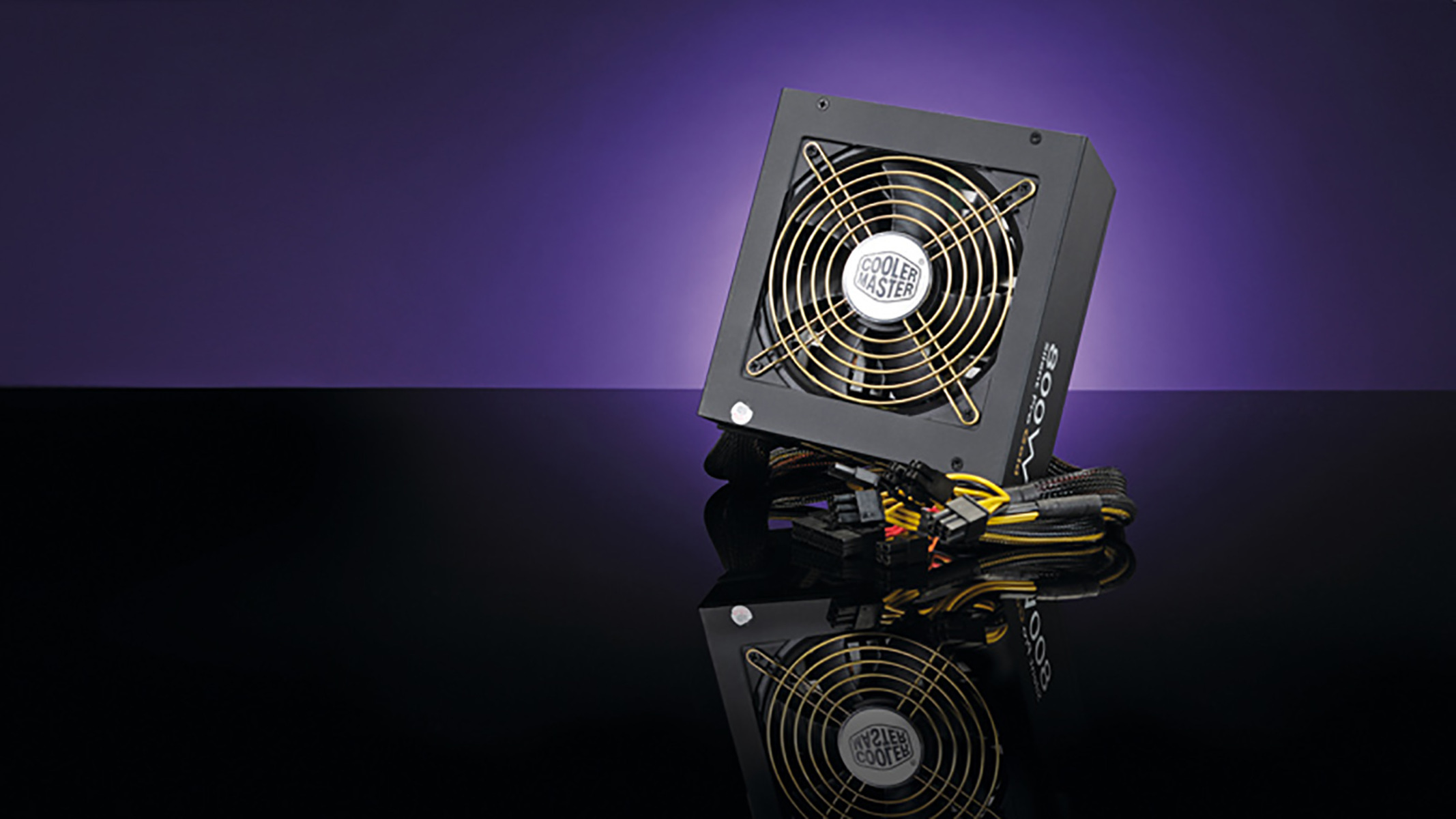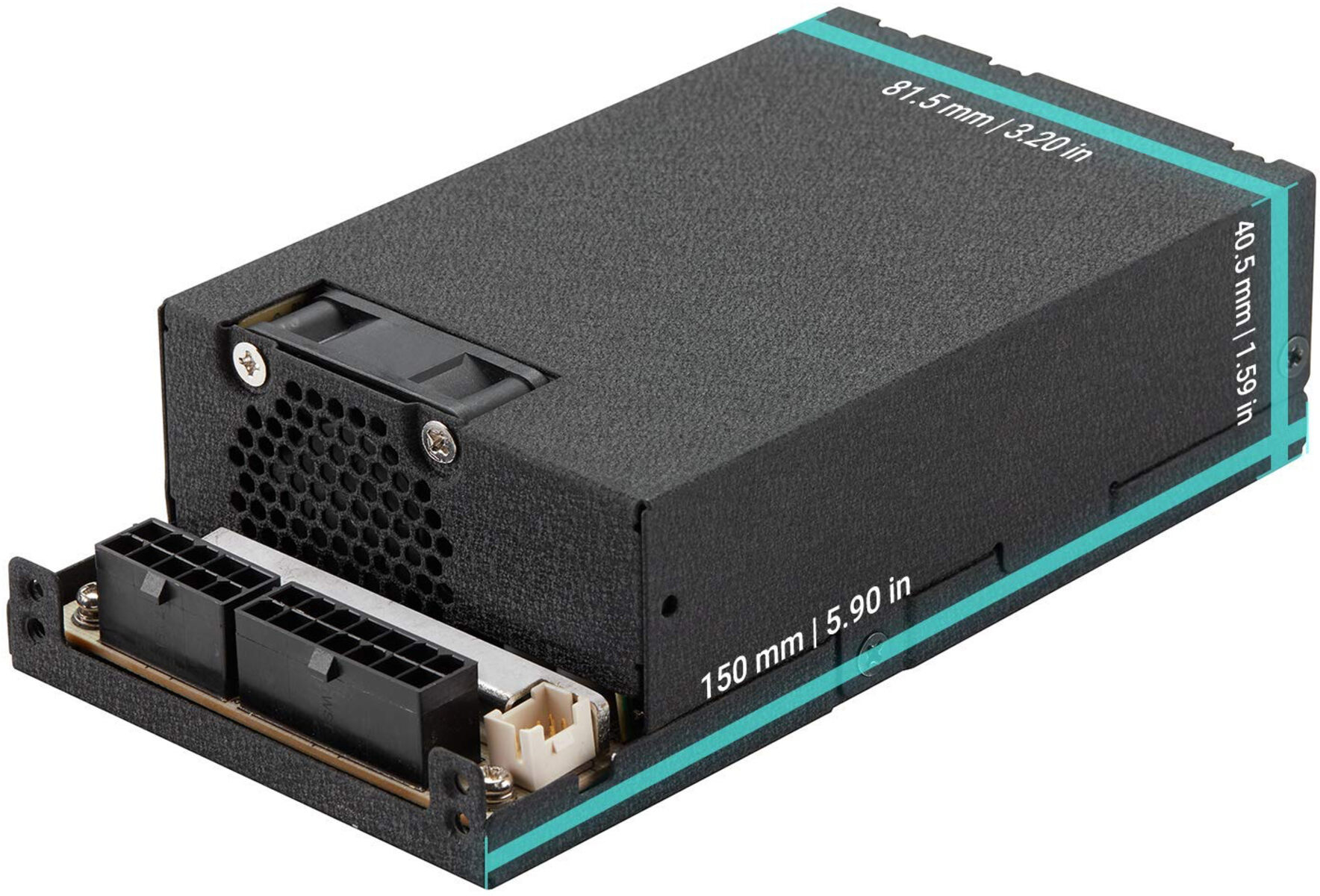Introduction
When it comes to building or upgrading a computer, one crucial component that often gets overlooked is the power supply unit (PSU). The PSU is responsible for supplying the necessary power to all the components in your computer, ensuring that they operate smoothly and efficiently. Choosing the right PSU with the appropriate wattage is essential to prevent potential issues and maximize the performance of your system.
In this article, we will explore the world of 400W PSUs – their features, advantages, and potential limitations. A 400W PSU is a popular choice for many computer enthusiasts and casual users alike. However, it’s important to understand its capabilities and potential limitations before making a purchase or using one for your system.
A 400W PSU refers to a power supply unit that can deliver up to 400 Watts of power to your computer’s components. This wattage rating indicates the maximum amount of power the PSU can provide. It is important to note that the wattage is not distributed equally across all components; rather, it is allocated based on the power requirements of each component.
The wattage required by each component can vary depending on its type, brand, and specifications. For instance, high-end graphics cards and processors may require more power compared to lower-end models. It is crucial to consider the power requirements of your components when choosing a PSU to ensure that it can handle the load without any issues.
A 400W PSU is generally considered sufficient for mid-range to low-end systems. It can efficiently power components such as entry-level CPUs, non-overclocked graphics cards, a few storage drives, and a moderate amount of RAM. However, it may not be suitable for high-end gaming rigs or systems with multiple power-hungry components.
Before we delve into the potential limitations and issues related to using a 400W PSU, let’s take a closer look at the power requirements of different components to understand how they impact the overall wattage needed for your system.
What is a 400W PSU?
A 400W PSU, or power supply unit, is a device that provides electrical power to the various components of a computer system. It converts the AC (alternating current) power from your wall outlet into DC (direct current) power that is used by the internal components of your computer. The wattage rating of a PSU refers to its maximum power output.
The 400W rating of a PSU indicates that it can deliver up to 400 Watts of power to your computer’s components. This wattage provides a general indication of the PSU’s capacity to handle the power requirements of your system.
When considering a 400W PSU, it’s important to understand that this wattage is not distributed equally among all components. Instead, the power is allocated based on the specific power requirements of each component. For example, a CPU, graphics card, storage drives, and other components all have different power needs.
A 400W PSU is generally suitable for mid-range to low-end systems. It can adequately power components such as entry-level CPUs, non-overclocked graphics cards, a moderate amount of RAM, and a few storage drives. It should be noted that the actual power consumption of these components can vary depending on their specific models.
While a 400W PSU can handle the power requirements of many computer systems, it may not be sufficient for high-end gaming rigs or systems with power-hungry components. These systems often require PSUs with higher wattage ratings to meet their demanding power needs.
Additionally, it is important to consider factors such as efficiency and reliability when choosing a PSU. Higher-quality PSUs, despite having the same wattage rating, may have better efficiency and stability, which can lead to better overall performance and longevity of your system.
It is also worth noting that a 400W PSU does not limit you to using only 400 watts of power. The PSU’s wattage rating refers to its maximum output capacity. Your system will only draw the amount of power it needs at any given time, based on the activity level and power demands of your components.
In the next section, we will explore the power requirements of different components and how they can impact the overall wattage needed for your system.
Power Requirements of Different Components
When it comes to understanding the power requirements of a computer system, it’s crucial to consider the specific needs of each component. Different components have varying power demands, and knowing these requirements can help you determine whether a 400W PSU is suitable for your system.
One of the most power-hungry components in a computer system is the central processing unit (CPU). CPUs come in a range of power consumption levels, with higher-end models typically requiring more power. It’s important to check the specifications of your CPU to understand its power needs.
Graphics cards are another significant power consumer in a computer system, especially for gaming or graphics-intensive tasks. High-performance graphics cards can consume a substantial amount of power, and their wattage requirements can vary greatly based on the model and manufacturer.
Memory, or RAM, on the other hand, tends to have a minimal impact on power consumption. However, it’s still essential to consider the amount of RAM in your system, as higher memory capacities may demand slightly more power.
Storage drives, such as hard disk drives (HDDs) and solid-state drives (SSDs), have relatively low power requirements compared to CPUs and graphics cards. While their power consumption is minimal, it’s important to factor in the number of drives you have in your system.
Other components, such as cooling fans, USB devices, and peripherals, consume a negligible amount of power individually. However, when combined, these devices can still contribute to the overall power load of your system.
It’s worth mentioning that power requirements can vary not only based on the component type but also on the specific model and brand. Different manufacturers may design their components with varying power efficiency, resulting in differences in power consumption.
Understanding the power requirements of each component in your system is crucial for determining if a 400W PSU is sufficient. When selecting a PSU, it’s recommended to consider the maximum power requirements of your components and choose a PSU with a wattage rating that exceeds that total power draw.
In the next section, we will explore compatibility issues that may arise when using a 400W PSU with certain configurations.
Compatibility Issues with a 400W PSU
While a 400W PSU can adequately power many computer systems, there are some compatibility issues to consider. These issues primarily revolve around the power requirements of certain components and the limitations of a 400W power supply.
One potential compatibility issue is with high-end graphics cards. These cards often require more power due to their advanced graphics processing capabilities. Some high-end graphics cards may exceed the power output capacity of a 400W PSU, leading to instability or insufficient power supply. If you plan to use a high-end graphics card, it’s crucial to check the card’s power requirements and ensure that your PSU can handle the power load.
Another component to consider is the CPU. Higher-end CPUs, especially those with multiple cores and high clock speeds, may have higher power requirements. If you have a power-hungry CPU, combined with other power-demanding components, a 400W PSU may not be sufficient to provide stable power to your system.
Additional components to consider for compatibility with a 400W PSU are cooling systems and RGB lighting. If you have multiple cooling fans or a complex RGB lighting setup, these components can consume additional power. While the power consumption of these components individually may not be significant, the cumulative power draw from these components can push the limits of a 400W PSU.
It’s also important to consider any future upgrades or expansions you may have planned for your system. If you anticipate adding more power-hungry components to your system in the future, a 400W PSU may not provide enough headroom for these additions. It’s always recommended to opt for a higher-wattage PSU to accommodate potential upgrades.
Lastly, the efficiency of a PSU can affect compatibility. Lower-quality PSUs may have lower efficiency ratings, leading to more power wastage and potentially unstable power delivery. Choosing a reliable and efficient PSU is essential for compatibility and long-term system stability.
In summary, compatibility issues with a 400W PSU primarily revolve around the power requirements of high-end graphics cards, power-hungry CPUs, cooling systems, RGB lighting, and potential future upgrades. It’s crucial to consider these factors and ensure that your system’s power demands align with the capabilities of a 400W PSU.
In the next section, we will explore the potential issues and risks associated with using a 400W PSU.
Potential Issues and Risks of Using a 400W PSU
While a 400W PSU can be suitable for many computer systems, it’s important to be aware of the potential issues and risks that may arise when using one.
One of the main risks of using a 400W PSU is overloading the power supply. If the components in your system draw more power than the PSU can handle, it can lead to instability, crashes, or even damage to the components. This risk is especially significant if you have power-hungry components such as high-end graphics cards or CPUs.
Another issue to consider is the efficiency and reliability of a 400W PSU. Lower-quality PSUs may have lower efficiency ratings, resulting in higher power wastage, increased heat generation, and potentially reduced lifespan of the PSU. It’s important to choose a reliable and efficient PSU to minimize these risks and ensure stable power delivery to your components.
In some cases, a 400W PSU may not have enough connectors or cables to support all the components in your system. This situation may require the use of adapters, which can introduce additional points of failure or reduce the overall reliability of your system. It’s important to ensure that your PSU has the necessary connectors and cables to accommodate your specific system configuration.
If you plan to overclock your components, such as the CPU or graphics card, a 400W PSU may not provide sufficient power for these higher power settings. Overclocking increases the power requirements of the components, and it’s crucial to have a PSU with enough headroom to handle the increased power demands.
Lastly, using a 400W PSU may restrict your options for future upgrades. If you plan to add power-hungry components, such as a more powerful graphics card or multiple storage drives, a 400W PSU may not provide enough wattage to support these additions. It’s essential to consider your future expansion plans and ensure that your PSU can handle the power requirements of potential upgrades.
Overall, the potential issues and risks of using a 400W PSU include overloading the power supply, concerns about efficiency and reliability, limited connectors or cables, limitations for overclocking, and restrictions on future upgrades. It’s important to carefully assess your system’s power requirements and consider these factors before deciding on a 400W PSU.
In the next section, we will explore the benefits of using a 400W PSU, despite these potential issues and limitations.
Benefits of Using a 400W PSU
While there are potential issues and limitations to consider when using a 400W PSU, there are still several benefits to utilizing this power supply unit for your computer system.
One of the primary advantages of a 400W PSU is its cost-effectiveness. Compared to higher-wattage PSUs, a 400W PSU is generally more affordable, making it an attractive option for budget-conscious users or those building a mid-range system. Choosing a 400W PSU can help you save money without compromising the overall performance and functionality of your computer.
Additionally, a 400W PSU tends to generate less heat compared to higher-wattage PSUs. This can contribute to improved system stability and longevity. The lower heat output can also lead to quieter operation, as the PSU fan does not need to work as hard to keep the unit cool. This can result in a more pleasant and comfortable computing experience.
Another benefit is the reduced power consumption and lower energy costs associated with a 400W PSU. If your system does not require a higher-wattage PSU, opting for a 400W unit can help save energy and contribute to a more eco-friendly computing setup. This can have a positive impact on both your electricity bills and the environment.
A 400W PSU is also generally more compatible with compact or smaller computer cases. These cases may have limited space, making it challenging to accommodate larger PSUs. The compact size of a 400W PSU allows for easier installation and improved cable management in such cases.
Furthermore, a 400W PSU can provide adequate power for mid-range to low-end computer systems, meeting the needs of casual users, office setups, or entry-level gaming rigs. If you have a system with components that don’t have high power demands, a 400W PSU can provide stable and reliable power delivery without the need for overspending on a higher-wattage PSU.
Lastly, using a 400W PSU can give you peace of mind when it comes to power supply reliability. Properly chosen and high-quality 400W PSUs can provide stable power output and protect your system components from potential power fluctuations or irregularities. Choosing a reputable PSU brand and ensuring the unit has sufficient safety features can minimize the risk of power-related issues.
In summary, the benefits of using a 400W PSU include cost-effectiveness, lower heat generation, quieter operation, reduced power consumption, compatibility with compact cases, suitability for mid-range systems, and reliable power supply. By considering your system’s power requirements and choosing a quality 400W PSU, you can enjoy these advantages without sacrificing performance or breaking the bank.
In the next section, we will briefly explore alternative PSU options for those who may require higher wattage capacities.
Alternative PSU Options
While a 400W PSU can be suitable for many computer systems, there may be instances where higher wattage capacities are necessary. It’s essential to explore alternative PSU options if your system demands more power. Here are some alternatives to consider:
1. 500W-600W PSU: If you have a mid-range gaming system or a system with power-hungry components like high-performance CPUs and graphics cards, a PSU in the 500W-600W range may provide the extra power needed for stable operation.
2. 700W-850W PSU: For enthusiasts and gamers with high-end components or multiple graphics cards, a PSU in the 700W-850W range offers an increased power capacity. This range is suitable for overclocking, elaborate cooling systems, and future upgrades.
3. 1000W PSU or higher: Extreme gaming rigs, workstations, or server setups often require PSUs with 1000W or greater wattage ratings. These high-wattage PSUs can handle multiple high-end graphics cards, heavy-duty processing, and extensive storage systems.
When considering alternative PSUs, it’s important to choose high-quality units from reputable brands. Look for PSUs with high efficiency ratings (80 PLUS certified or higher) to minimize power wastage and ensure stable power delivery. Check for sufficient connectors and cables for your system’s requirements.
Additionally, consider factors such as modularity and noise levels. Modular PSUs allow for better cable management by allowing you to connect only the cables you need, reducing clutter. PSU models with quiet fan operation can contribute to a more pleasant computing experience.
It’s crucial to accurately assess your system’s power requirements and choose a PSU that exceeds the total power draw of your components. You can use online power supply calculators or consult with experts to determine the appropriate wattage for your specific system configuration.
Lastly, bear in mind that higher-wattage PSUs typically come at a higher cost. Therefore, it’s important to balance your system’s power needs with your budget constraints. Consider future upgrades and expansion plans when selecting a PSU to ensure it can accommodate any potential power demands.
By exploring alternative PSU options, you can find a unit that provides the necessary power capacity for your system while ensuring stability, efficiency, and future-proofing.
Now, let’s conclude our article by summarizing the key points we have discussed.
Conclusion
Choosing the right power supply unit (PSU) is essential for the smooth and efficient operation of your computer system. When considering a 400W PSU, it’s crucial to understand its capabilities and limitations.
We learned that a 400W PSU can be suitable for mid-range to low-end systems, efficiently powering components such as entry-level CPUs, non-overclocked graphics cards, moderate amounts of RAM, and a few storage drives. However, it may not be sufficient for high-end gaming rigs or systems with power-hungry components.
While using a 400W PSU, there are factors to consider. We discussed the power requirements of different components, highlighting the importance of understanding the needs of each component in your system. Compatibility issues with high-end graphics cards or power-hungry CPUs can arise. Additionally, potential issues such as overloading the PSU, limited connectors, and restrictions on future upgrades should be taken into account.
Despite these potential challenges, a 400W PSU offers several benefits. It is cost-effective, generates less heat, consumes less energy, and is compatible with compact cases. It can adequately power mid-range systems and ensures stable power delivery. Choosing a reliable and efficient 400W PSU allows for a reliable and efficient computing experience.
If your system demands higher power capacities, alternative PSU options ranging from 500W to 1000W or more are available. However, it is essential to accurately assess your system’s power requirements, consider quality and efficiency ratings, and balance your budget.
In conclusion, selecting the appropriate PSU, whether it’s a 400W unit or an alternative with a higher wattage, depends on your system’s power demands, component requirements, and future expansion plans. By making an informed decision, you can ensure a stable, efficient, and powerful computer system that meets your needs.







